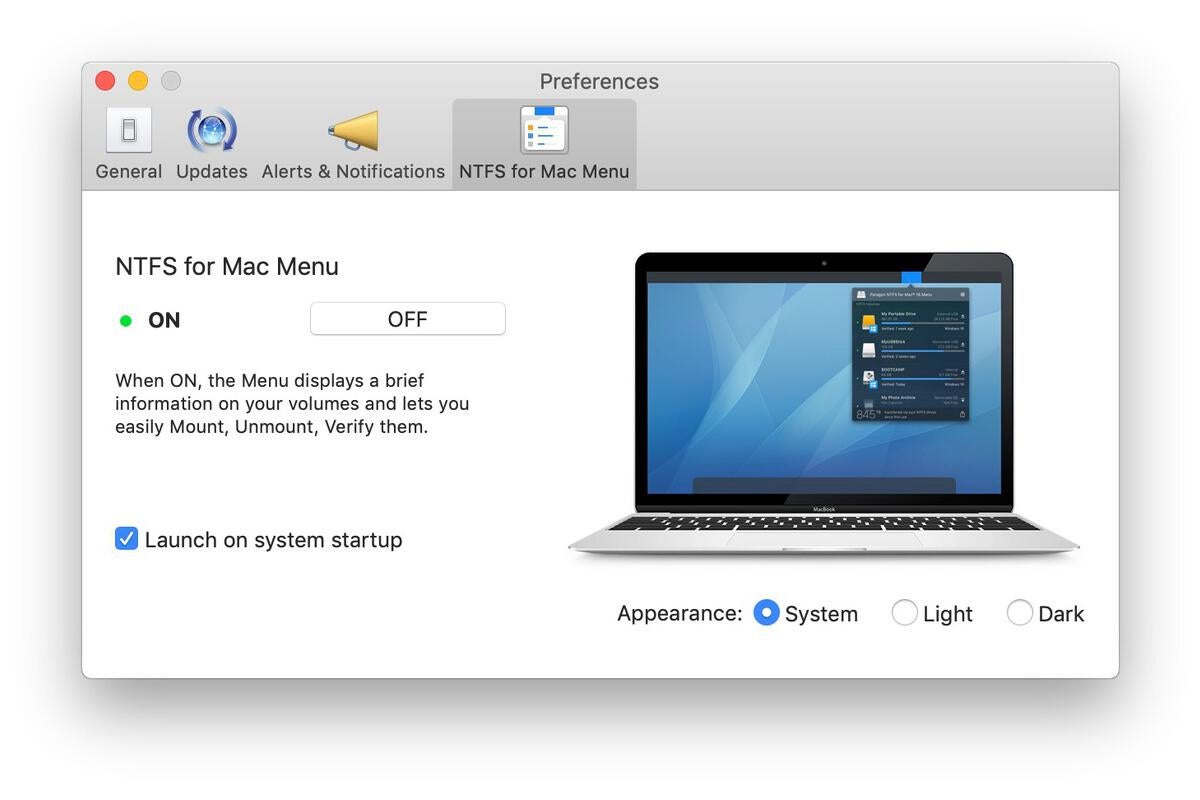

With a CoW link you save disk space and time since the link consists of a small amount of metadata and they write fast.ĬoW linking is available on Windows only in the ReFS filesystem it’s also available in iOS and Linux. CoW links are like hardlinks but are safe to write to, as the filesystem lazily copies the original data into the link as needed when opened for append or random-access write. Copy-on-Write on ReFS and Dev DriveĬopy-on-write (CoW) linking, also known as block cloning in the Windows API documentation, avoids fully copying a file by creating a metadata reference to the original data on-disk. In early testing we see a 9% improvement versus 22H2 when building with the same repo. NTFS also benefits from performance updates in the upcoming Windows release. Testing was not done with the new performance mode of Defender antivirus also announced at Build.) (Methodology note: In all cases the repo directory was excluded from Defender real-time antivirus scanning, a commonly deployed configuration. There’s even more great news! With the package added to the repo we’re getting an additional 14 percentage point performance improvement – a total of 28% faster – just by adding a Dev Drive volume and moving package caches and code to it.

#Hasleo ntfs for mac review full
Building a large internal codebase with more than 500 C# projects, we’re seeing 14% faster full builds moving from NTFS on Windows 11 22H2 to Dev Drive.

Microsoft’s One Engineering System team has been testing Dev Drive on internal Windows builds for several months. This new functionality will ship later this year in the Windows 11 23H2 refresh and is available now for early testing via the Windows Insider program. At Microsoft Build 2023 the Windows team announced Dev Drive, a new evolution of the Windows ReFS filesystem retuned for developer workloads like Git and builds.


 0 kommentar(er)
0 kommentar(er)
